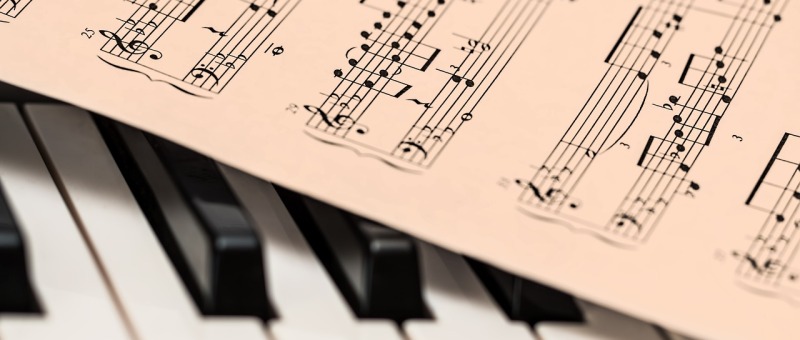Music holds a unique position in the human experience.
It transcends language and culture to evoke emotions that resonate deep within us.
A recent study published in the Proceedings of the National Academy of Sciences examined music’s impact on our bodies and emotions and investigated its universal appeal and divergence across different cultures.
Mapping Sensations Across Borders
Music has long been recognized for its ability to elicit emotion and bodily responses, from foot tapping to goosebumps.
But what exactly drives these sensations, and are they consistent across cultures?
Drawing participants from both Western and East Asian cultures, the study included a range of musical preferences and sensitivities.
By analyzing responses to a curated selection of songs, researchers sought to uncover patterns in bodily sensations and emotional experiences evoked by different types of music.
The study revealed striking similarities as well as divergent experiences in the way individuals from distinct cultural backgrounds responded to music.
Despite differences in musical preferences and exposure, participants reported consistent emotional experiences and bodily sensations across various genres and styles of music.
Amidst this harmony of emotions, a notable discrepancy emerged concerning familiarity with the music.
As one might expect, Western participants exhibited a greater familiarity with Western songs, whereas East Asian participants demonstrated a stronger connection to music from their own cultural sphere, reflecting the influence of exposure and upbringing on musical preferences.
Visualizing Musical Effects
Through the use of bodily sensation maps (BSMs), researchers were able to visualize how different musical attributes, such as tempo, rhythm, and melody, influenced participants’ subjective experiences.
Sad or tender melodies elicited sensations primarily in the head and chest regions, with Western participants particularly experiencing the haunting effects of melancholic tunes in their gut.
Conversely, danceable and joyful melodies induced sensations distributed across the body, with a concentration of effects in the limbs, reflecting the infectious energy of upbeat rhythms.
Notably, music categorized as aggressive triggered sensations pervading the entire body, with a heightened intensity in the head region.
This visceral response underscores the profound impact of music on our physiological state, eliciting a holistic bodily experience that mirrors the emotional intensity of the composition.
East Asian participants exhibited more consistent activation in the head, legs, and arms across different musical categories, suggesting a nuanced sensitivity to the varied aspects of music.
Conversely, Western participants reported a more uniform sensation concentrated in the chest area, particularly pronounced in response to melancholic or tender melodies, reflecting cultural differences in emotional expression and bodily awareness.
Despite these variations, the study revealed a remarkable convergence in the association between musical features and emotional dimensions across cultures.
Musical attributes such as slight harmonic changes, low roughness, and clear keys were consistently linked to emotions of tenderness and sadness, while complex rhythms and unclear keys evoked feelings of scariness or aggressiveness.
Implications and Future Directions
Whether it’s Beethoven’s symphonies or traditional Chinese melodies, the language of music speaks to us all in ways that defy cultural divides.
These findings not only underscore the universal language of music but also highlight its profound impact on our emotional and physical well-being.
By understanding the connection between music, emotions, and bodily sensations, we can gain deeper insights into the human experience and potentially utilize the therapeutic power of music to promote healing and connection across communities.
